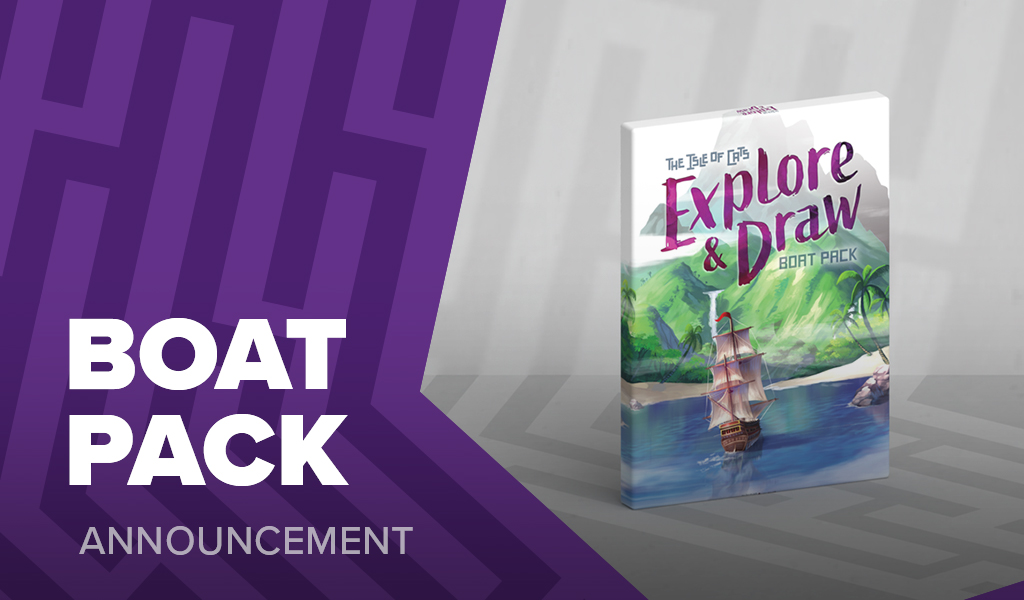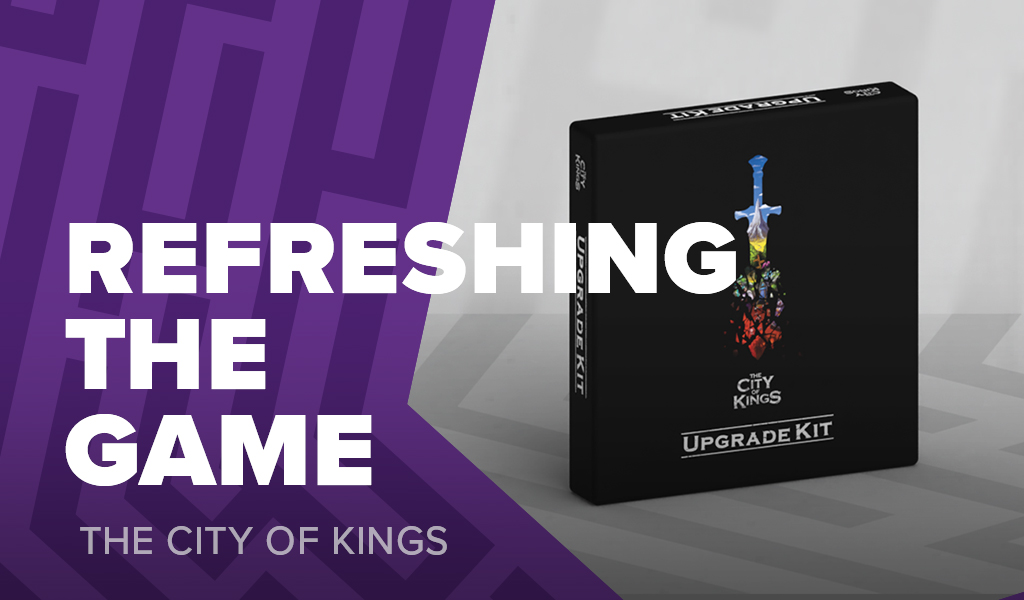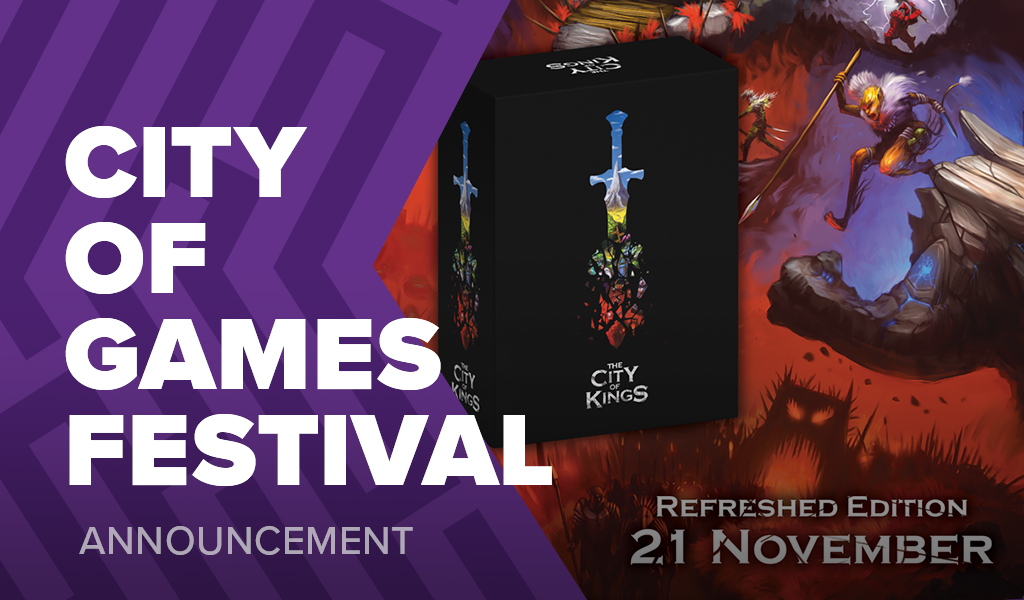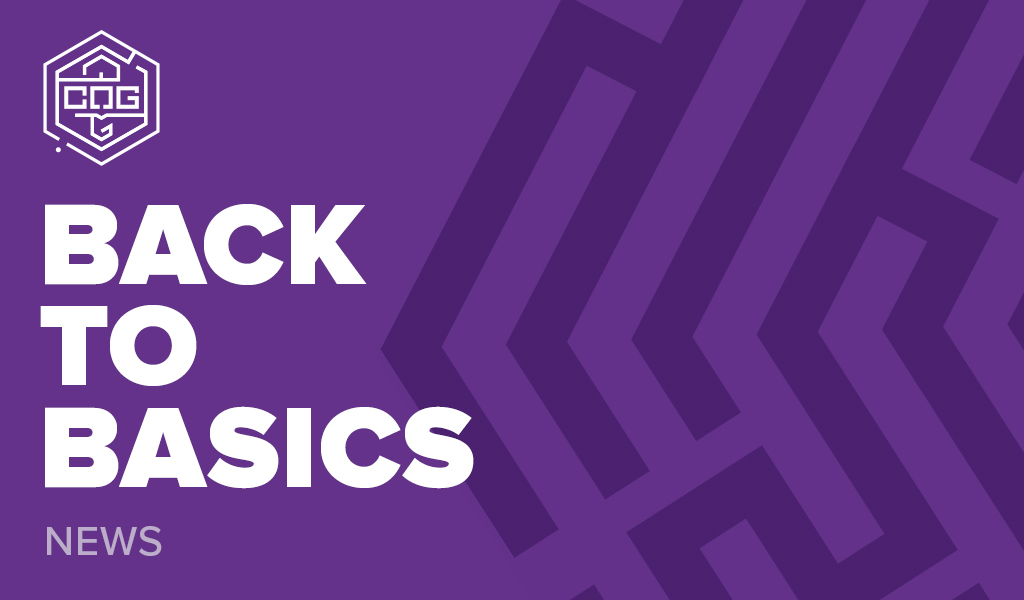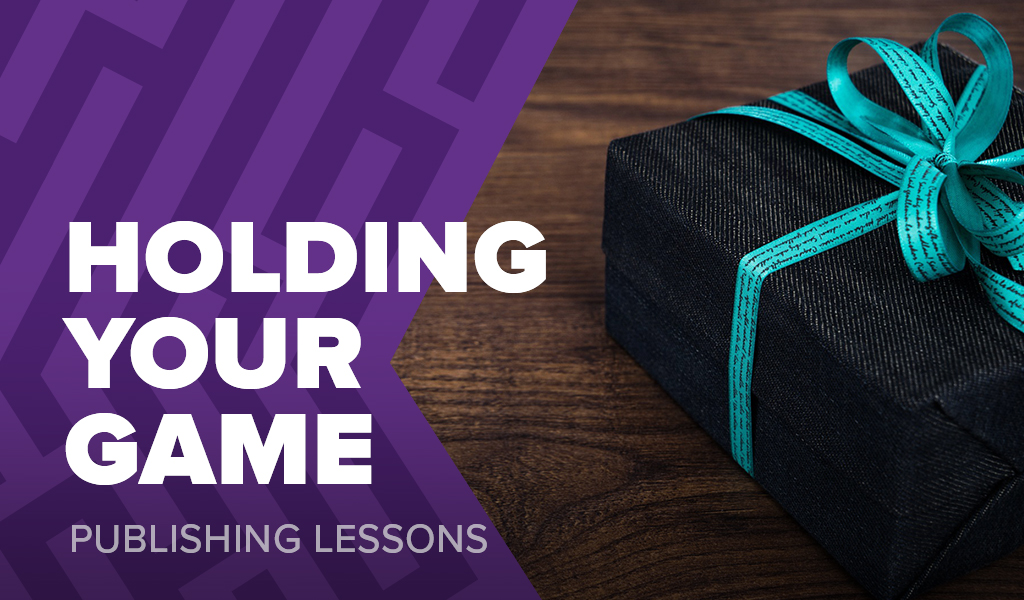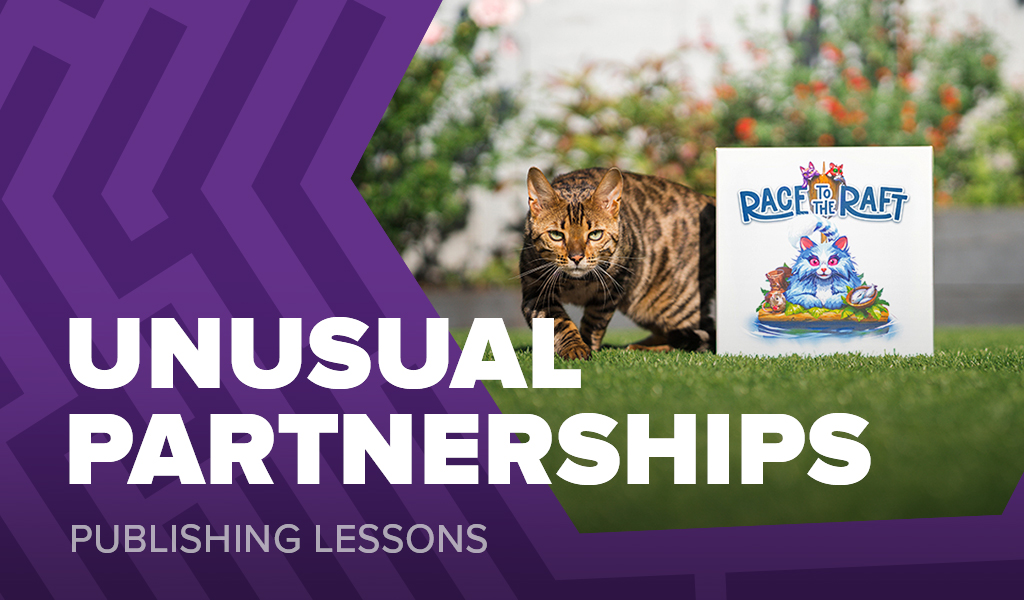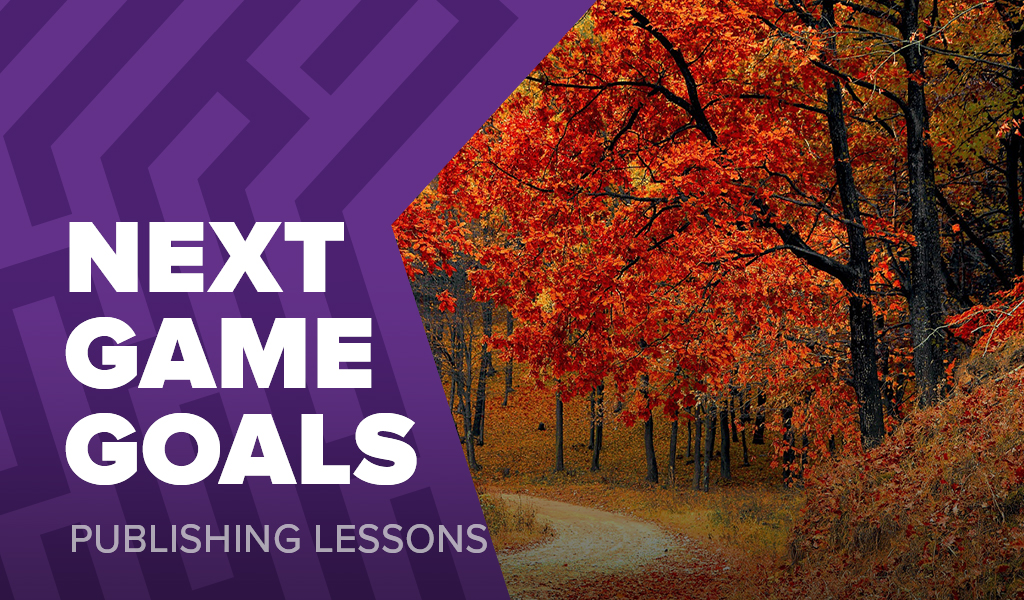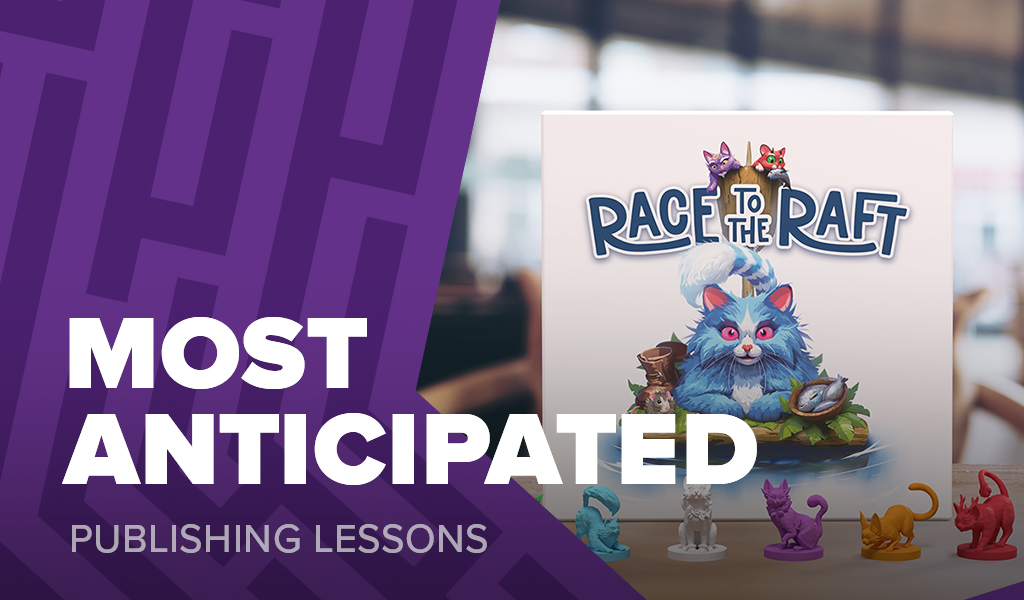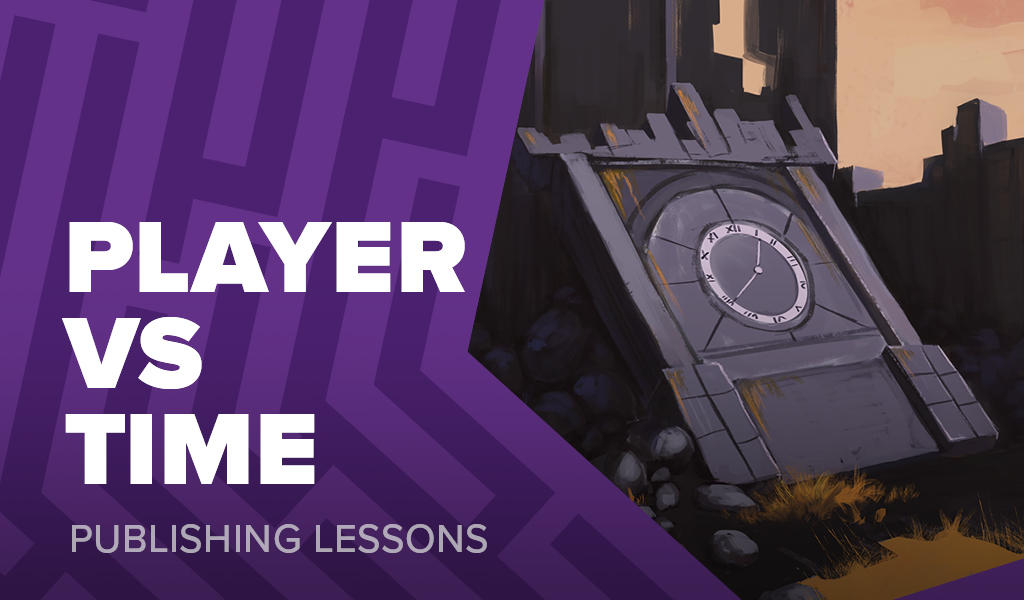As we continue towards our festival launch I am pleased to announce the first expansion for Explore & Draw!
The latest news
Publishing lessons
The City of Kings Refreshed will be launching on November 21st, but what does refreshed mean? Let's dive into the changes and take a look.
I am pleased to announce the City of Games festival, a two-week celebration of games set to launch on November 21st. Between now and the festival kick-off, I'll be making several announcements.
It has been a few months since the last newsletter, and I wanted to talk about a few changes that I’ve been working on. It’s an exciting time, and there’s a lot to discuss, so let’s get started!
A lot of new designers come to me trying to figure out whether they should search for a publisher or self-publish their game, but sometimes I think there is a better third option.
As humans, we often surround ourselves with like-minded individuals, increasing the odds of being liked and fostering enduring friendships. This practice is normal, but knowing people beyond our usual circles holds significant value.
When I work on a new game I spend a lot of time thinking about what I want it to achieve. Today I’ll be looking at my next unannounced game and sharing some of the goals I hope to accomplish during its development.
Last week something tiny caused me some major trouble and forced me to alter my plans. Sometimes things just happen and you have to adapt.
In the weeks leading up to Gen Con, social media fills with people discussing which games they are looking forward to, and a buzz of excitement grows in the gaming community. But just how important is this for a game?
When it comes to balancing player count and game length do you have a preferred approach? Today I’ll be looking at several different methods to better understand which offers the best experience.


